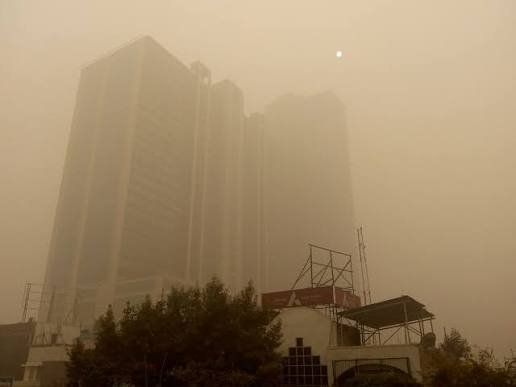Every year around October, Delhi turns into a gas chamber — and 2025 is no different. The air quality index (AQI) in several parts of the city has already slipped into the “severe” category, with thick smog visible early in the mornings and late evenings.
Experts say the same mix of factors is responsible once again:
Stubble burning in Punjab and Haryana
Vehicle emissions from Delhi’s ever-growing traffic
Industrial pollution and construction dust
Weather conditions that trap pollutants close to the ground
Despite government bans, awareness campaigns, and even odd-even traffic rules, the air still gets toxic every winter. Children, the elderly, and those with respiratory problems suffer the most — but even healthy people are feeling the effects.
What makes it worse is how routine it’s become. People talk about masks, air purifiers, and “bad AQI days” like it’s just another season. But should it be normal to breathe this kind of air every year?

Questions to think about:
Why hasn’t Delhi’s pollution improved despite years of policies and protests?
Should the focus shift from temporary measures to stricter year-round enforcement?
And what can individuals really do — beyond just buying air purifiers?


And it's only gonna get worse